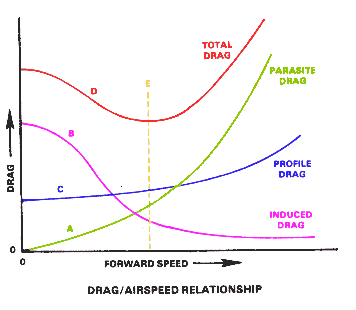I am thinking about the merits of extending the wings on the Bearhawk 4-place. I am keen to hear the thoughts of the group.
It seems like a very easy modification, which could have big advantages - think WingX extensions for a Cessna.
Even just an extra foot span in total, or better yet a foot more on each wing-tip, could make a measurable difference. On a Maule, which is a similar size and horsepower to the Bearhawk 4-place, less than a foot longer wingspan on the "long wing" Maule makes for faster cruise speeds, slower stall speeds - better performance at both ends, compared to the "Universal Wing" and "Short Wing" Maule variants.
The extension could be completed in two ways.
Either a longer fibreglass wing tip, which would require moulds to be made - but would then enable production of extended wing tips to bolt on to any aircraft.
Or adding an extra aluminium bay of narrow-width. It would perhaps be a few days work at most, but any parts made in the process could not easily be reused for other aircraft.
I can only think of one real downside - the g-load limit would be reduced a little I assume. However the highest g-load I have ever seen is less than 50% of the safe limit, so perhaps only 35% of the ultimate limit.
Anyone have an input on that idea?
It seems like a very easy modification, which could have big advantages - think WingX extensions for a Cessna.
Even just an extra foot span in total, or better yet a foot more on each wing-tip, could make a measurable difference. On a Maule, which is a similar size and horsepower to the Bearhawk 4-place, less than a foot longer wingspan on the "long wing" Maule makes for faster cruise speeds, slower stall speeds - better performance at both ends, compared to the "Universal Wing" and "Short Wing" Maule variants.
The extension could be completed in two ways.
Either a longer fibreglass wing tip, which would require moulds to be made - but would then enable production of extended wing tips to bolt on to any aircraft.
Or adding an extra aluminium bay of narrow-width. It would perhaps be a few days work at most, but any parts made in the process could not easily be reused for other aircraft.
I can only think of one real downside - the g-load limit would be reduced a little I assume. However the highest g-load I have ever seen is less than 50% of the safe limit, so perhaps only 35% of the ultimate limit.
Anyone have an input on that idea?





Comment